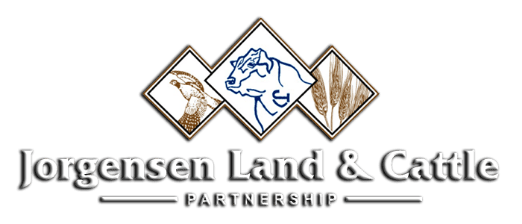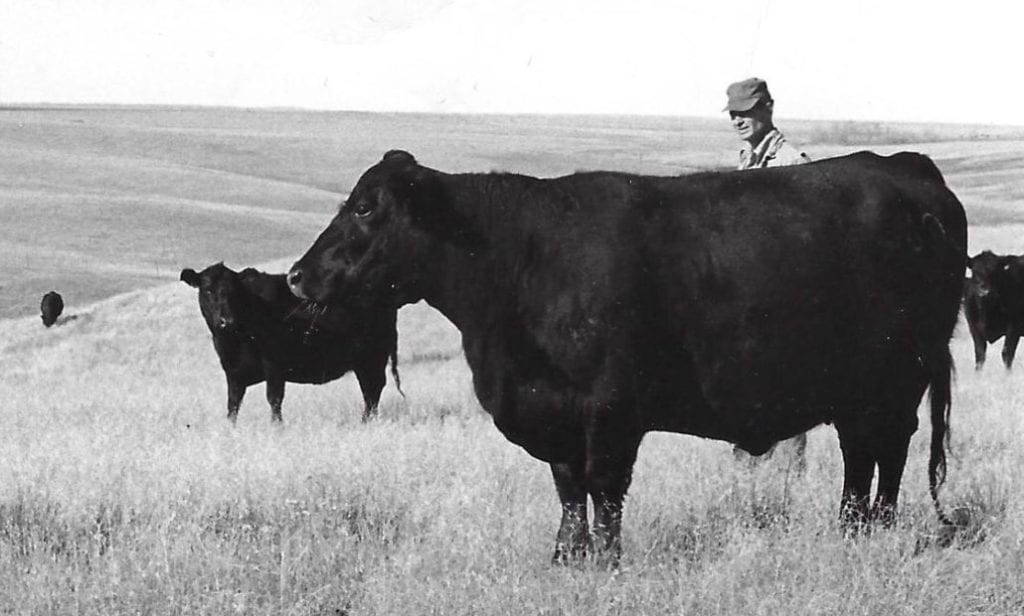About Us
History of Innovation
The Jorgensen operation began in 1909 when Martin Jorgensen, Sr. and his wife Gertrude homesteaded land near Ideal, South Dakota.
Nearly 50 years later, his son Martin Jorgensen Jr. adopted the pioneering beef cattle performance breeding concepts of the late Dr. Jay Lush (Iowa State University). By the 1960s, the Jorgensen’s performance-based, line-breeding program had established their herd as “the source” for performance beef cattle genetics in the U.S. Today, the 3rd- and 4th-generations of the Jorgensen family continue the legacy of innovation through farming and cattle operations. We remain at the forefront of performance measurement, genetic analysis, and conservation. As a result, cattlemen, farmers, and hunters continue to look to “the source.”
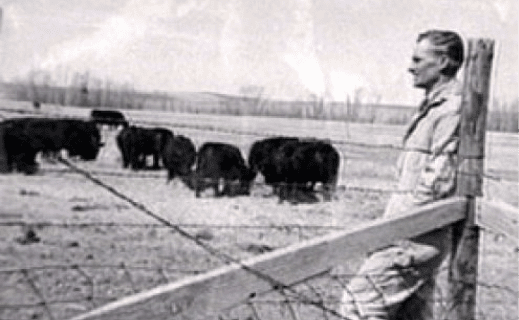
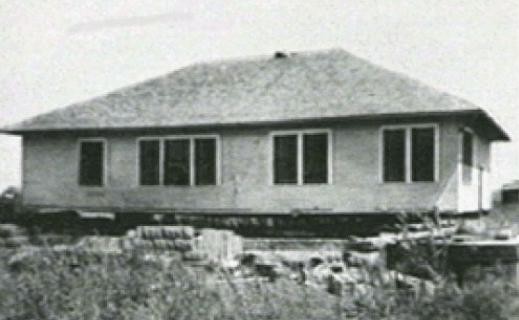
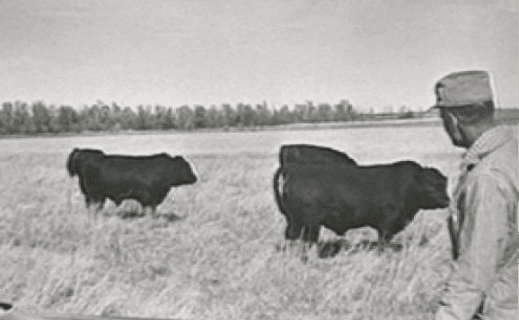
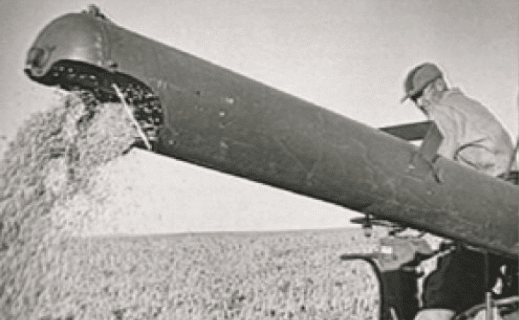
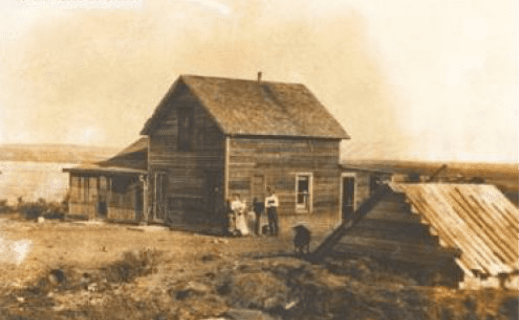
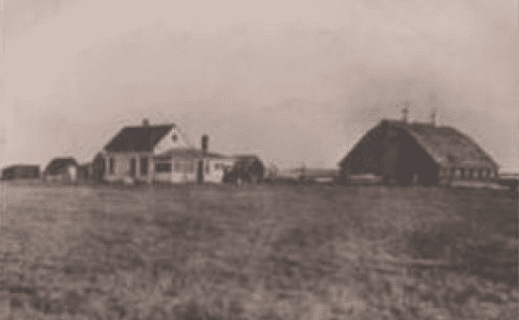

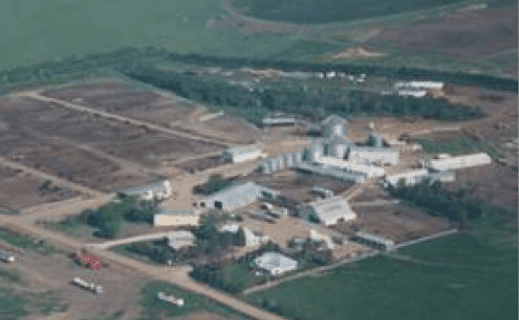
60 Years of Disciplined Angus Seedstock Production
Vision. Determination. Discipline. Generations.
All four of those things are required to make genetic progress. You will find all four at Jorgensen Land & Cattle.
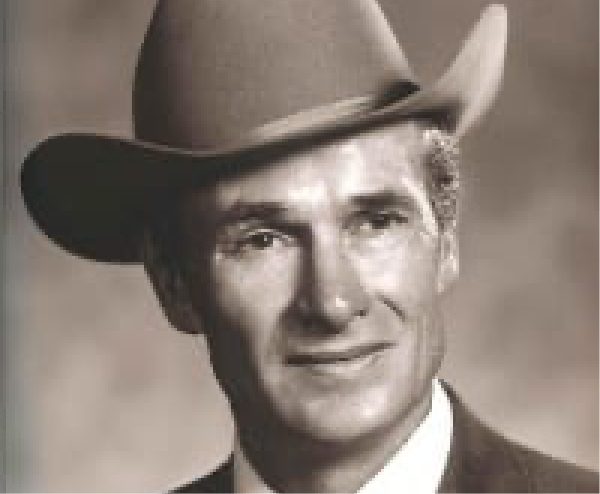
Martin Jorgensen
A PIONEER AND A VISION
Martin F. Jorgensen, Jr. was a pioneer. He once told an interviewer, “I’ve never liked tradition for tradition’s sake, nor have I feared new approaches.” Martin was always searching for a better way to do things and was not afraid to swim upstream if he was convinced that was what needed to be done.
Always analytical, Martin’s own analysis of his own commercial cattle operation in the 50s was that he had been doing things the way most ranchers did — producing good but average cows that produced good but average calves, and “average” wasn’t good enough for Martin. Since he couldn’t find the kind of bulls that would do what he wanted bulls to do, he decided to make bulls that would improve commercial cattle herds. He bought some good registered cows, found the leading geneticists who understood what needed to change, and determined to produce the kind of bulls he had wanted to use in his own commercial herd!
Performance Testing And A Performance Breeding Plan
The Jorgensens were among the early adopters of the livestock breeding concepts pioneered by Dr. Jay Lush, who is considered to be the father of the science of animal breeding. Dr. Lush (Iowa State University) advocated breeding livestock based on quantitative information rather than by subjective appearance. This fit with Martin’s pursuit of improvement and he began to work closely with four of the leading cattle geneticists of the day: three former students of Dr. Lush and Dr. Ray Woodward who had helped develop the Line 1 Herefords at the Fort Keogh Research Station in Montana.
With the help of Dr. Woodward (ABS & Ft. Keough geneticist) and Dr. Dinkel (SDSU geneticist), Martin transformed his vision into a breeding program. First, he used Skylandmere 2058, Rito N Bar, and “Algoma 48” to build a solid, foundation cow herd.
Meet the Team
For over 100 years, four-generations of the Jorgensen family have sought to improve their land, their cattle, their crop genetics, and the lives of their family, as well as the families near them. Meet the team that is carrying on the Jorgensen legacy of innovation, excellence, and family.
Cody Jorgensen
Bryan Jorgensen
Nick Jorgensen
Greg Jorgensen
Andy Tegethoff
Larry Gran
David Thomas
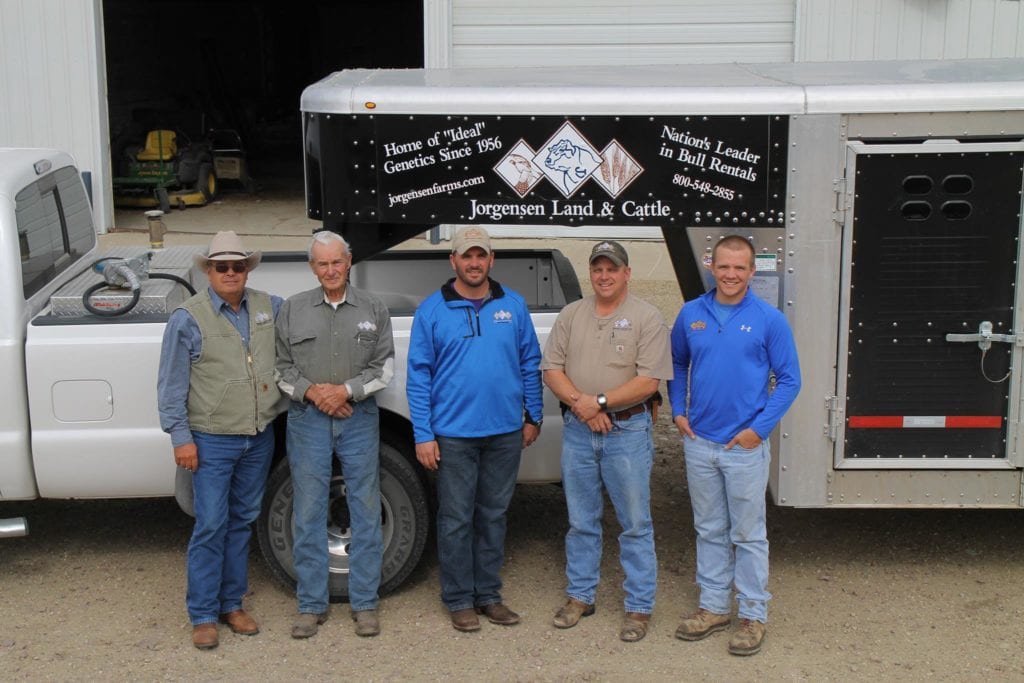
Operations
Over the past 100 years, we’ve grown from a family homestead to an operation known nationwide for its superior Angus herd, excellent certified seed, being a leader in soil health, and prime pheasant hunting. But don’t let our 12,000 acres fool you. We’re proud to remain a family operation rooted in a tradition of excellence and innovation.
Bull Leasing
Our leasing program is the risk-free, hassle-free answer to getting your cows and heifers bred.
SmartBulls®
SmartBulls® are the smart answer to breeding more cows with fewer bulls. SmartBulls® offer high-quality genetics at an affordable cost per cow bred.
Motherlode™ Cow Herd
Our cow herd is renowned for its high-quality breeding stock, which has led to us being one of the most sought-after suppliers of such animals.
Breeding Programs / Sire Lines
Our breeding-program was designed to create breeding stock that would help commercial cattlemen build better cow herds and produce better calf crops.
Ideal Beef Genetics
Ideal Beef Genetics combines industry leading genetics and technology to empower cattlemen to unlock the potential in their herds.
